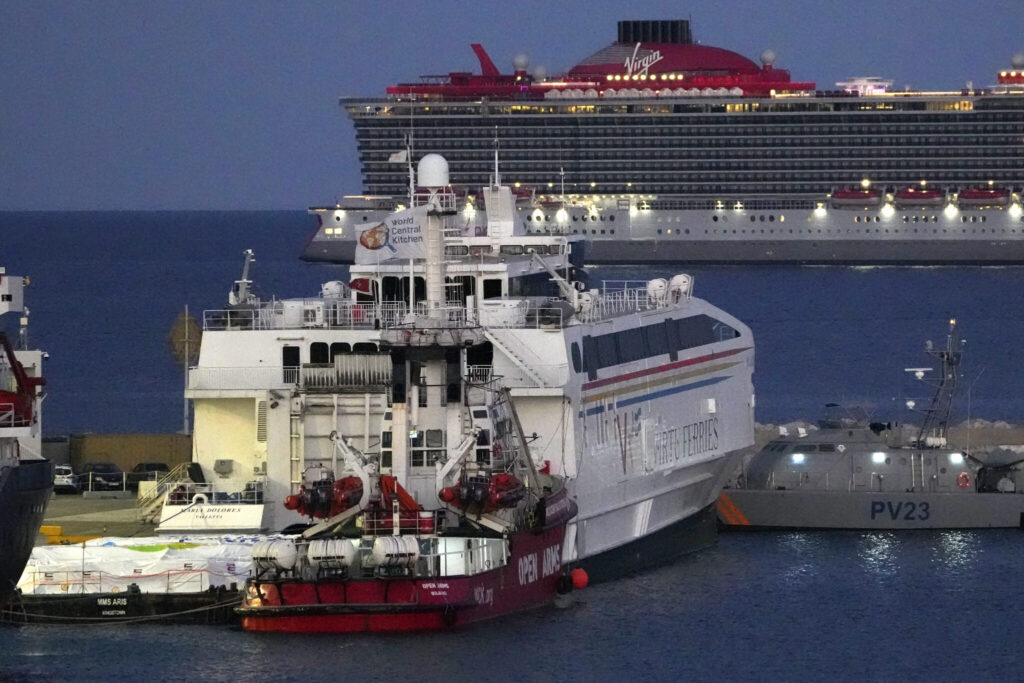An aid ship loaded with some 200 tons of food set sail for Gaza on Tuesday in a pilot program for the opening of a sea corridor to the territory, where the five-month-old Israel-Hamas war has driven hundreds of thousands of Palestinians to the brink of starvation.
Quick Read
- An aid ship with 200 tons of food from World Central Kitchen and Open Arms set sail for Gaza, aiming to mitigate starvation caused by the Israel-Hamas war.
- The ship left Cyprus and is expected to reach Gaza in 2-3 days. The U.S. also plans a sea bridge to deliver aid to Gaza.
- The ongoing war, initiated by Hamas’ attack on Israel, has resulted in over 30,000 Palestinian deaths and widespread displacement.
- Efforts for a Ramadan ceasefire stalled, with Hamas demanding guarantees for war’s end. Netanyahu vows to continue the offensive.
- The conflict’s expansion is feared as Iran-backed groups engage with U.S. and Israeli forces, with recent exchanges of fire with Lebanon.
- Aid delivery faces challenges due to Israeli restrictions and on-ground conditions, with northern Gaza facing severe food shortages.
The Associated Press has the story:
Aid ship sets sail to Gaza, as hundreds of thousands face starvation 5 months into war
Newslooks- RAFAH, Gaza Strip (AP) —
An aid ship loaded with some 200 tons of food set sail for Gaza on Tuesday in a pilot program for the opening of a sea corridor to the territory, where the five-month-old Israel-Hamas war has driven hundreds of thousands of Palestinians to the brink of starvation.
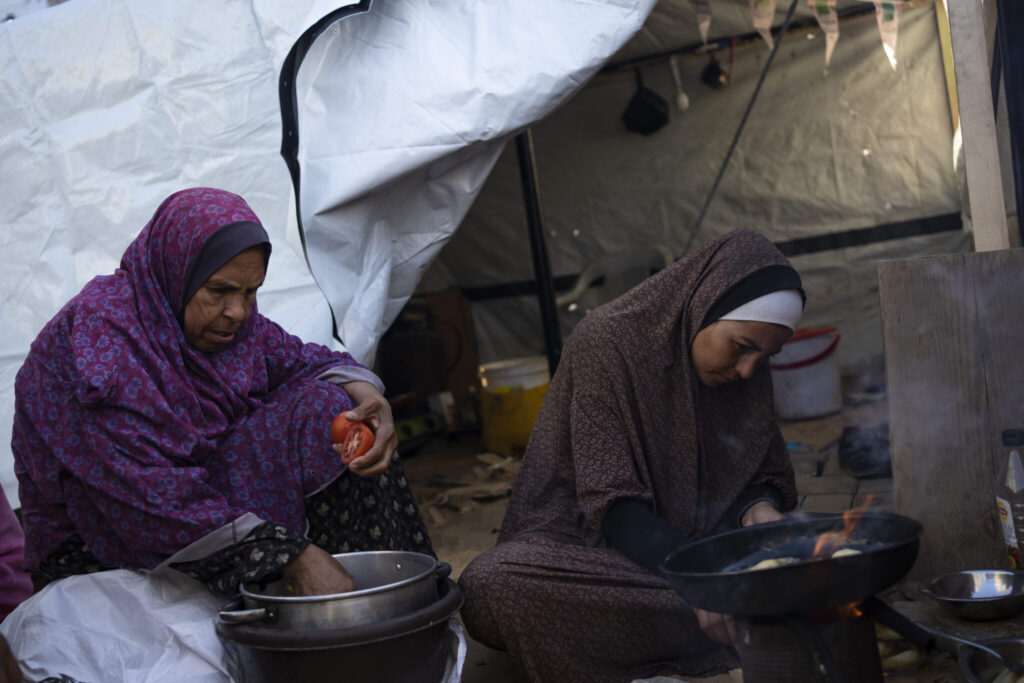
The food was gathered by World Central Kitchen, the charity founded by celebrity chef José Andrés, and is being transported by the Spanish aid group Open Arms. The ship departed from the eastern Mediterranean island nation of Cyprus and is expected to arrive in Gaza in two to three days.
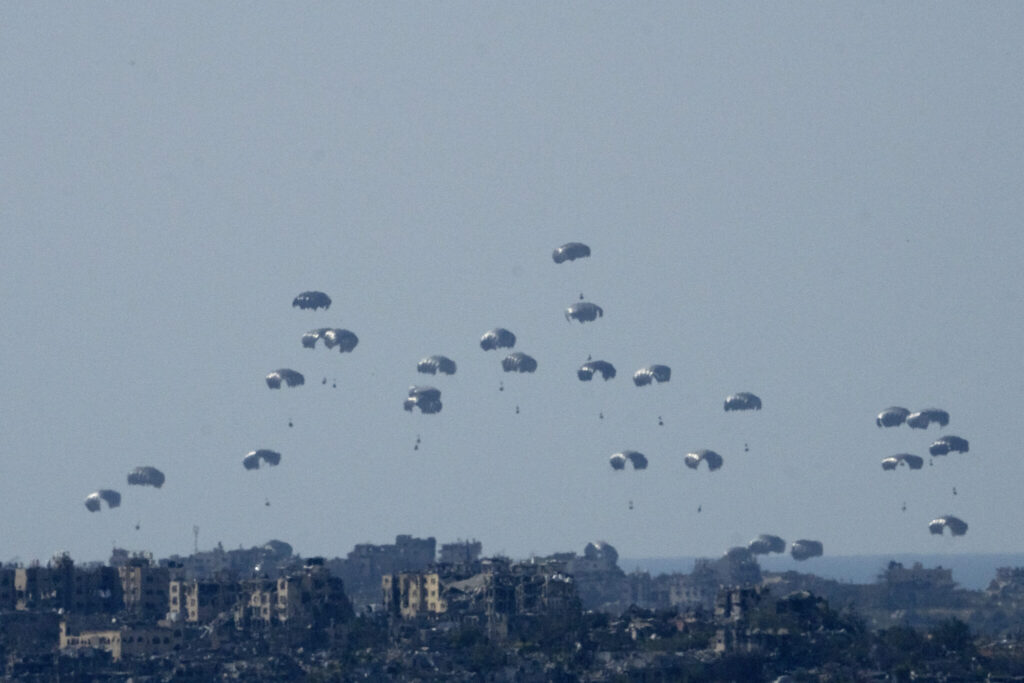
The United States has separately announced plans to construct a sea bridge near Gaza in order to deliver aid, but it will likely be several weeks before it is operational. President Joe Biden’s administration has provided crucial military aid for Israel while urging it to facilitate more humanitarian access.
WAR RAGES WITH NO END IN SIGHT
The war, triggered by Hamas’ Oct. 7 attack on Israel, has killed over 30,000 Palestinians and driven most of Gaza’s 2.3 million people from their homes. A quarter of Gaza’s population is starving, according to the United Nations., because they cannot find enough food or afford it at vastly inflated prices.
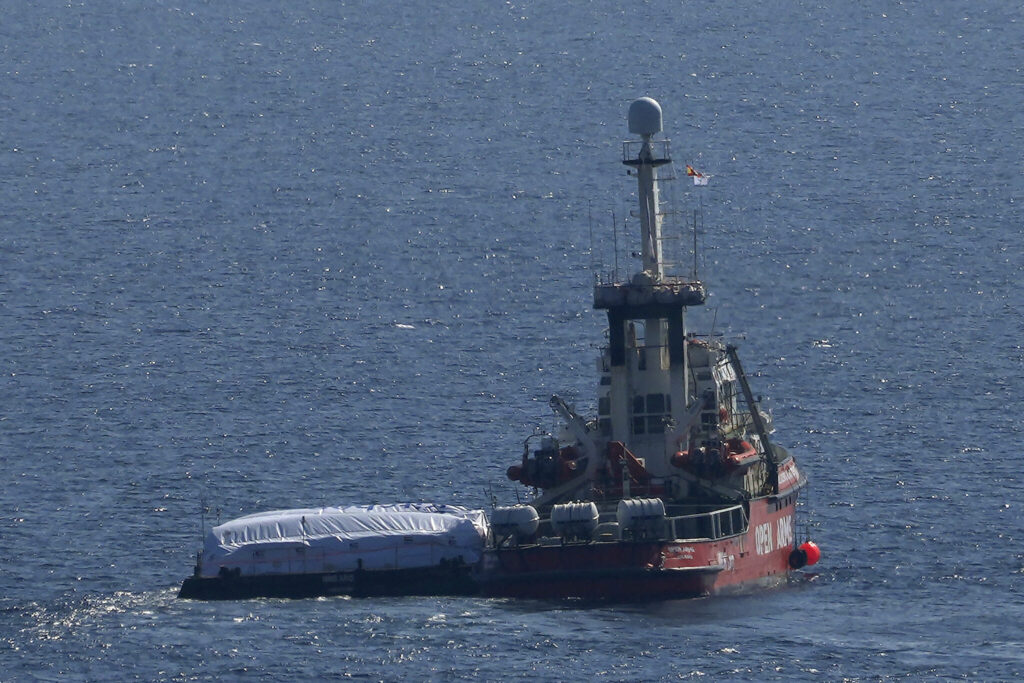
The United States, Qatar and Egypt had tried to broker a cease-fire and hostage release ahead of the Muslim holy month of Ramadan, which began on Sunday. But the talks stalled last week as Hamas demanded that any temporary pause in the fighting come with guarantees for ending the war.
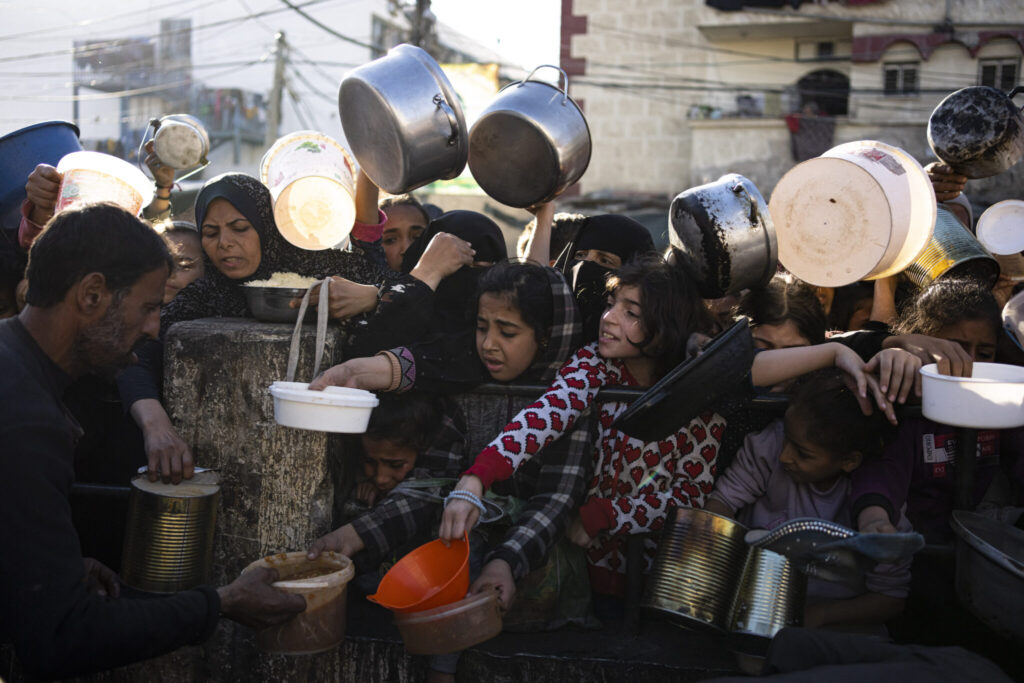
Israeli Prime Minister Benjamin Netanyahu has vowed to expand the offensive into the southern city of Rafah, where half of Gaza’s population has sought refuge, and to keep fighting until Hamas has been completely dismantled and all the captives it is holding have been returned.
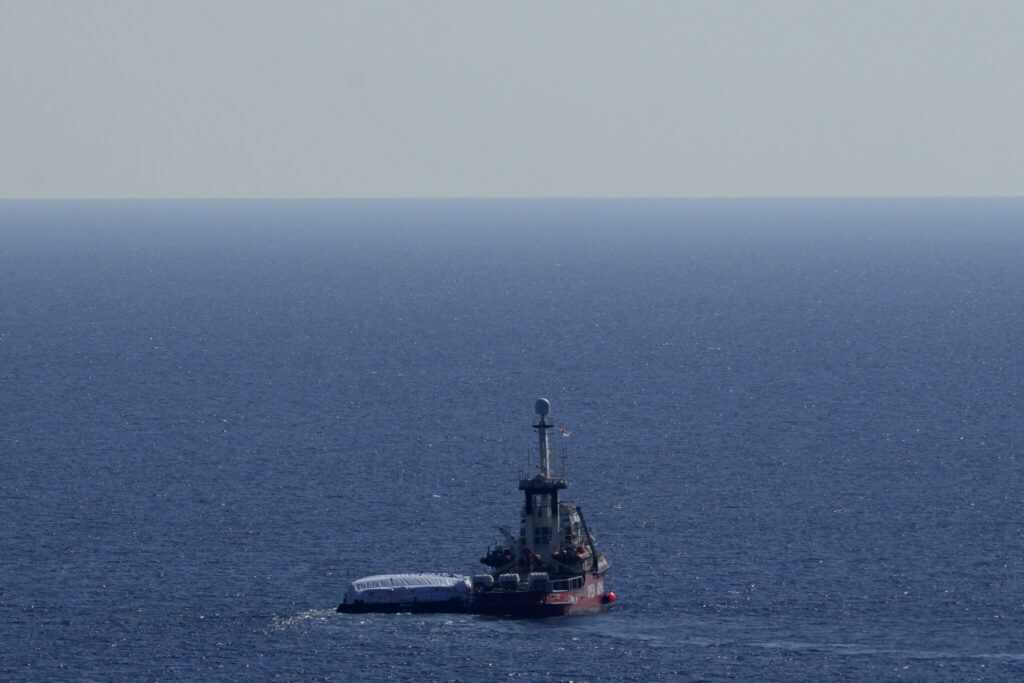
The war threatens to spill over across the Middle East as Iran-backed groups allied with Hamas trade fire with U.S. and Israeli forces. The Israeli military said around 100 projectiles were launched into Israel from Lebanon on Monday, one of the biggest barrages since the start of the war in Gaza.
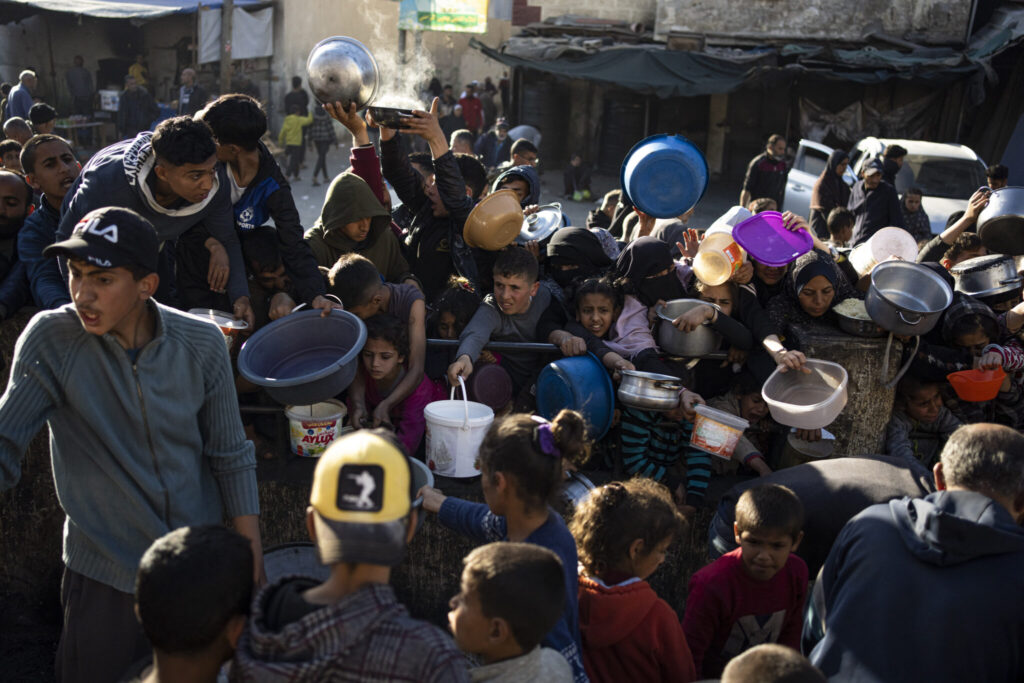
There were no immediate reports of injuries or damage from the attack, which appeared to be in response to Israeli airstrikes deep inside Lebanon a day before. Israel and Lebanon’s Hezbollah militant group have traded fire nearly every day since the war began.’
OUR CHILDREN CAN’T FIND ANYTHING TO EAT’
Aid groups say it is nearly impossible to deliver aid in much of Gaza because of Israeli restrictions, ongoing hostilities and the breakdown of law and order after the Hamas-run police force largely vanished from the streets.
Israel says it places no limits on the entry of humanitarian aid through the two functioning land crossings in the south. But U.N. agencies and humanitarian groups say they cannot always distribute aid once it enters because of security and logistics issues. They have called on Israel to open more crossings.
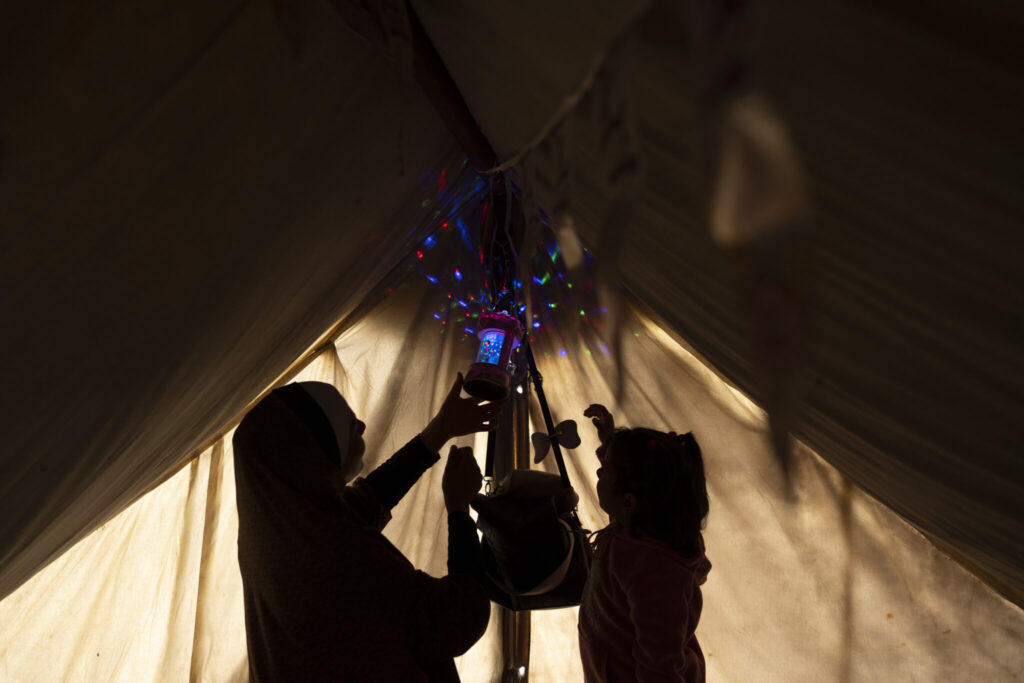
Conditions are especially dire in northern Gaza, which has suffered widespread devastation and been largely cut off by Israeli forces since October. Up to 300,000 Palestinians are believed to have remained there despite Israeli evacuation orders, with many reduced to eating animal feed in recent weeks.
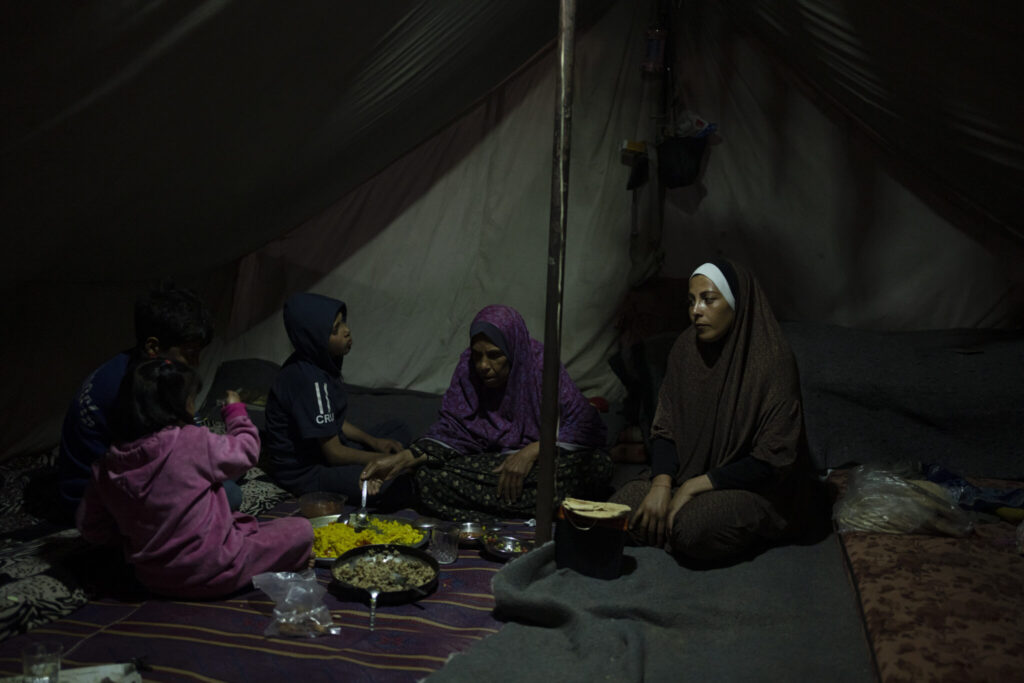
On Monday, the first day of the normally festive month of Ramadan, children with pots lined up at a charity kitchen in the urban Jabaliya refugee camp. Each was given a small portion of cooked carrots and sweet potatoes to break the dawn-to-dusk fast.
“Our children can’t find anything to eat,” said Bassam al-Haw, a volunteer. “No food, no water, no flour.”
SEA ROUTE BRINGS PROMISE AND POTENTIAL PERIL
The planned sea route has the support of the European Union, the United States, the United Arab Emirates and other countries. The U.S. and other countries have also launched airdrops of aid in recent days, but such efforts are costly and unlikely to meet the mounting needs.
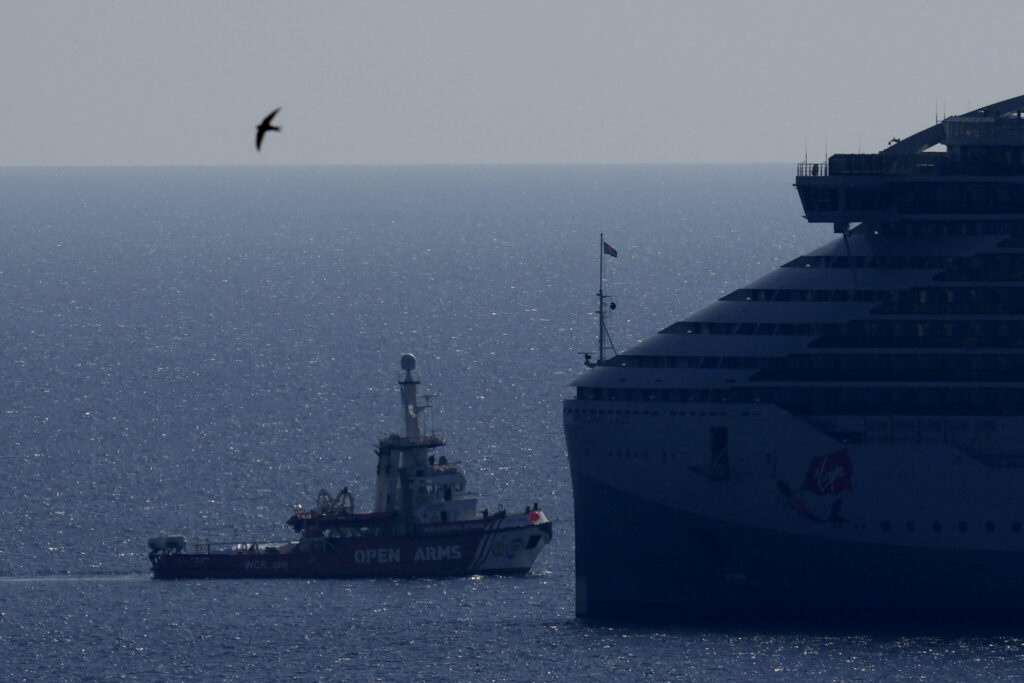
The Open Arms ship is towing a barge loaded with food. Once it nears Gaza, two smaller vessels will tow the barge to a jetty being built by World Central Kitchen, which operates 65 kitchens across the territory. It plans to distribute the food in the north.
Organizers said the jetty will be outside of northern Gaza but declined to provide further details. Andrés told The Associated Press in a brief interview Saturday evening that they want to keep the location secret to prevent large crowds from disrupting the delivery.
“The best security is to have enough food in Gaza,” he said. “We want to make sure nothing happens to anybody.”
Scores of Palestinians were killed last month during a chaotic aid delivery in the north organized by Israeli troops, who fired on the crowd. Israel said most of those killed were trampled to death, while Palestinian officials said most had been shot.
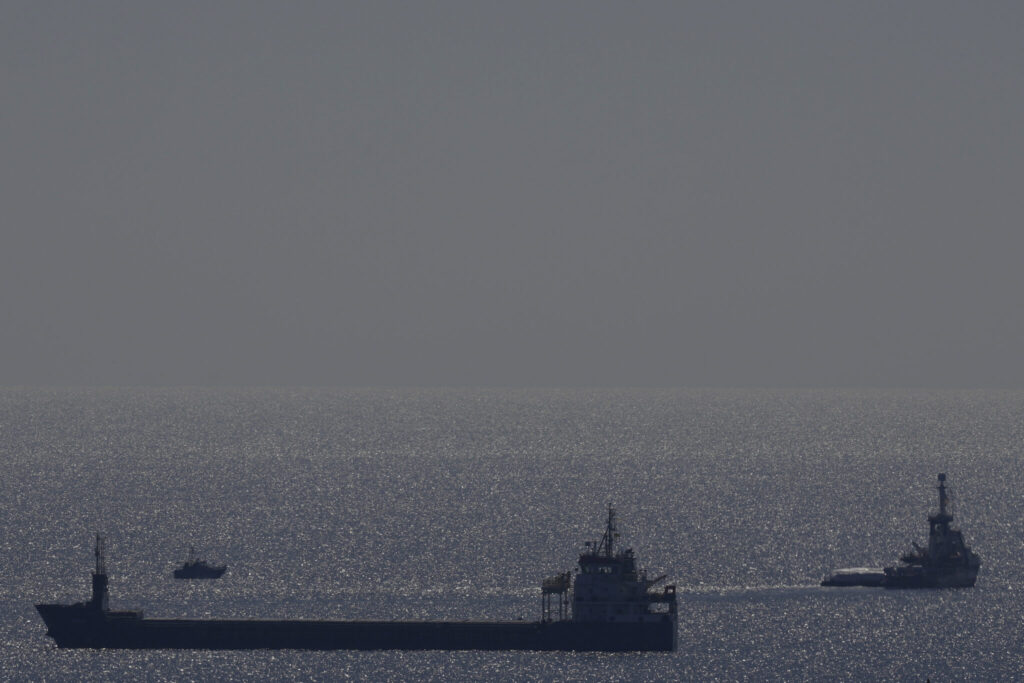
Israel, which controls Gaza’s coastline and all but one of its land crossings, says it supports efforts to deliver aid by sea and will inspect all cargo before it sets sail for Gaza.
European Commission President Ursula von der Leyen said it was the first time a ship had been authorized to deliver aid directly to Gaza since 2005 and that the European Union would work with “smaller ships” until the U.S. completes work on its floating port.
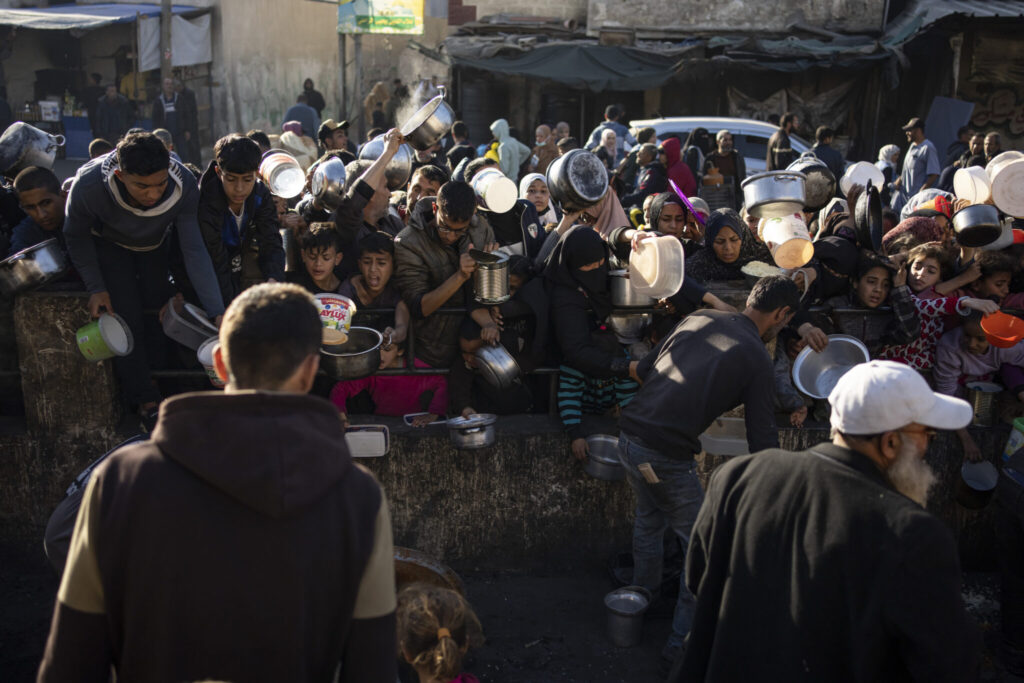
The war began when Hamas-led militants stormed into Israel in a surprise attack on Oct. 7, killing some 1,200 people, mostly civilians, and taking around 250 hostage. Hamas is still believed to be holding around 100 hostages, and the remains of 30 others, after freeing most of the rest last year in exchange for the release of Palestinians imprisoned by Israel.
Gaza’s Health Ministry says the Israeli offensive launched in response to the attack has killed at least 31,112 Palestinians. The ministry doesn’t differentiate between civilians and combatants in its count, but it has said women and children make up around two-thirds of the dead.
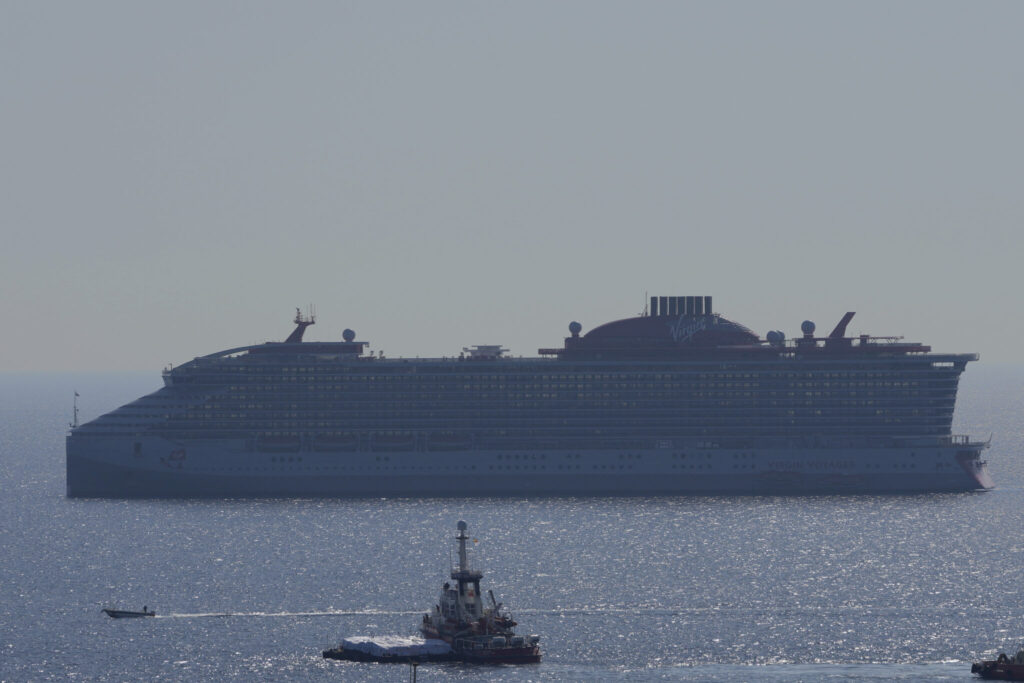
Israel blames the civilian death toll on Hamas because the militants fight in dense, residential areas and position fighters, tunnels and rocket launchers near homes, schools and mosques. The military has said it has killed 13,000 Hamas fighters, without providing evidence.

